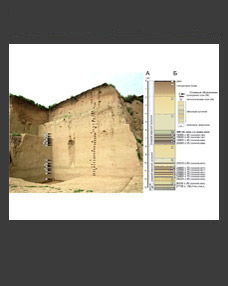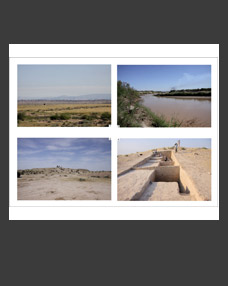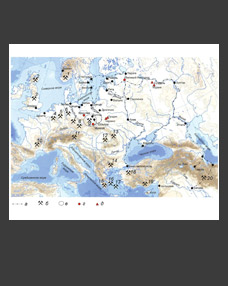Svetlana V. Shnaider a,#, Natalia Yu. Berezina b,##, Tatiana G. Filimonova c,###, Saltanat Alisher kyzy a,####, and Aleksandra P. Buzhilova b,#####
aInternational Laboratory “Archaeozoology in Siberia and Central Asia” ZooSCAn, IRL 2013, National Research Centre – Institute of Archaeology and Ethnography SB RAS, Novosibirsk, Russia
bResearch Institute and Museum of Anthropology, Lomonosov Moscow State University, Moscow, Russia
cA. Donish Institute of History Archaeology, and Ethnography, Dushanbe, Tajikistan
#E-mail: sveta.shnayder@gmail.com
##E-mail: berezina.natalia@gmail.com
###E-mail: tatjanafilimonova@mail.ru
####E-mail: saltanat.alisher.kyzy@gmail.com
#####E-mail: albu_pa@mail.ru
Keywords: Neolithic, Central Asia, Hissar culture, Tutkaul, Kaylu, paleoanthropology, palaeogenetics.
This paper presents the analyses of human remains from Neolithic deposits from the Tutkaul (Hissaro-Alay) and Kaylu (Caspian region) sites. The Tutkaul site is located on the territory of modern Nurek reservoir and was excavated by V.A. Ranov in the 1960s. Tutkaul has yielded three burials attributed to the Hissar Neolithic technocomplex. Part of the human remains were lost such as fragments of the postcranial remains from burials 2 and 3. Our recovery of the faunal collection of the site identified new human remains in the immediate vicinity of the burials. The taphonomic analysis demonstrates the intervention of a medium size carnivore on some of the fragments. Recent AMS-dating attributed burial 3 to 8.4-8 ky BP. Two palaeogenomic analyses identify the presence of Hepatitis B (infectious liver disease) in the individual from burial 3. From the tooth found in burial 2, the mychondrial genome was isolated and a comparative analysis of haplogroups, including those from the Y chromosome, was performed. Genetic analysis showed similarity of the mitochondrial genome of this individual with the Ancient North Eurasian population, especially with the genomes of the earliest population of Siberia, as well as with the Neolithic population of Iran. In addition, the Y-chromosome haplogroup analysis revealed the presence of haplogroup Q1b2a, which was isolated for the first time in the series of the ancient population and has never been described before. In addition, some genetic links were investigated between individual 2 and the ancient North Eurasian population and the Neolithic population from Iran. Finally, some cultural similarities were found that the Tutkaul burials shared with synchronous remains from the Sai-Sayod and Bulyoni-Poyon sites (Hissaro-Alay). Re-examination of the human remains from the Kaylu burials has identified the presence of one young and one mature adults (Adultus and Maturus). The sex of the individuals (male and female) was determined using chromato-mass spectrometric analysis of dental enamel peptides. Radiocarbon dating was also performed for these materials – 6 ka BP. The burials find analogies in synchronous burials of the Kelteminar Neolithic culture.
DOI: 10.31857/S0869606323040165, EDN: HEHBNP







